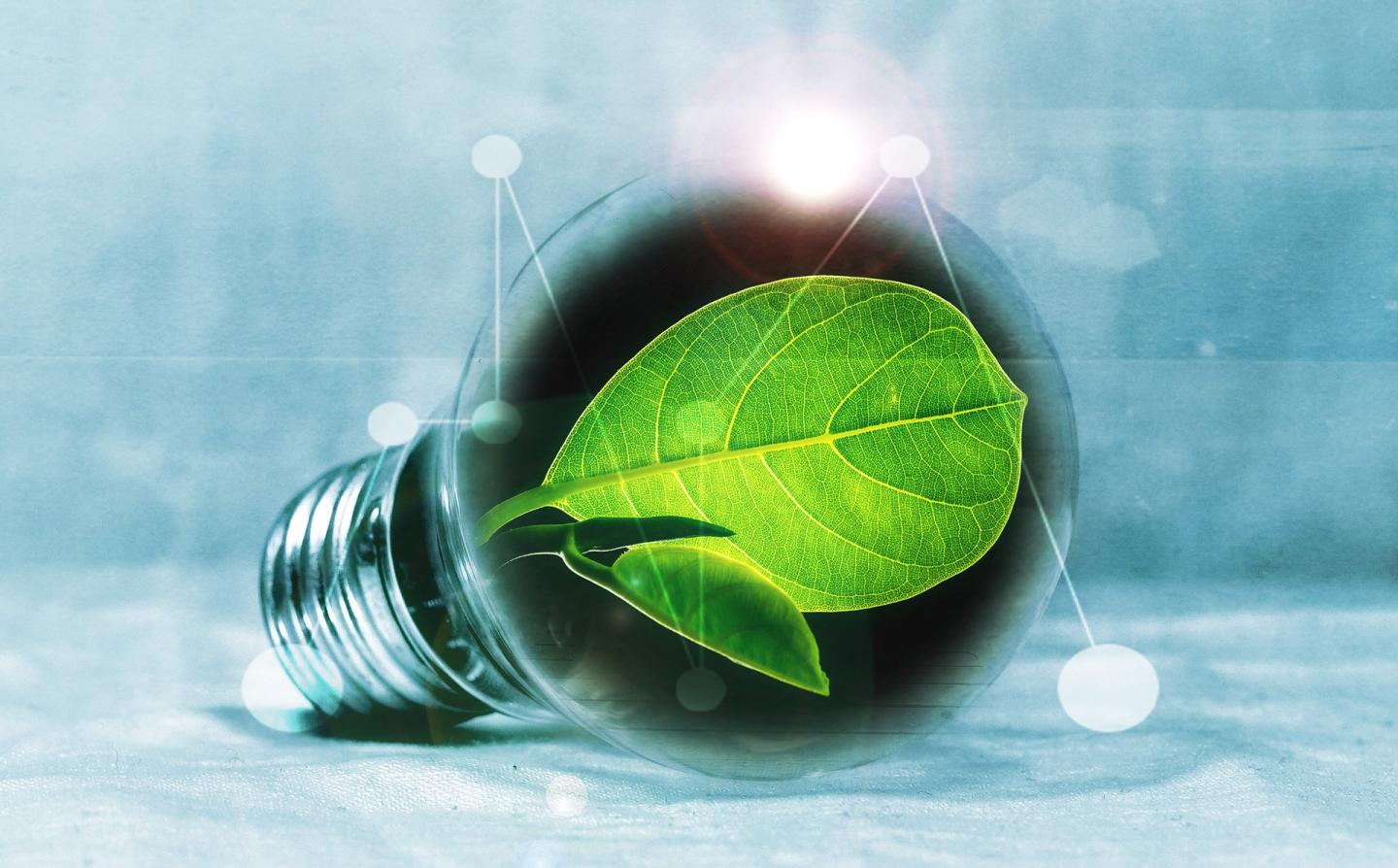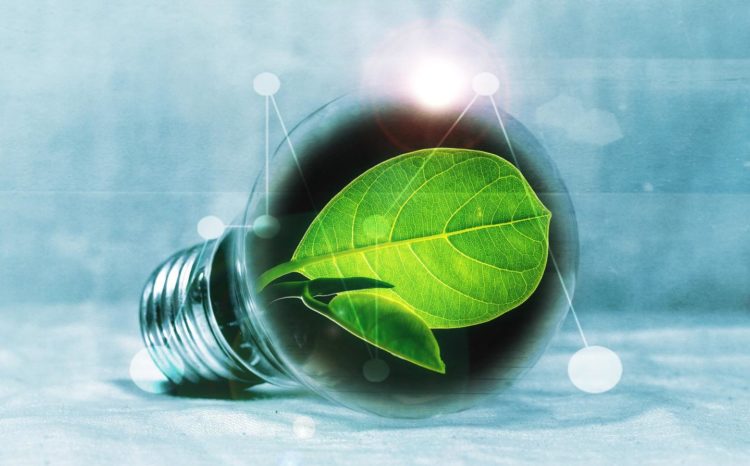Scientists identify a new and efficient way of producing hydrogen from organic waste solution using a catalyst derived from — of all things — rust

Credit: Tokyo University of Science
In today’s narrative of climate change, pollution, and diminishing resources, one fuel could be a game-changer within the energy industry: hydrogen. When burned in a combustion engine or in an electrical power-plant, hydrogen fuel produces only water-making it far cleaner than our current fossil fuels. With no toxic gas production, no contribution to climate change, and no smog, hydrogen may be the answer to a future of cleaner energy, so why is it not more widely used?
There are two reasons for this. First, hydrogen is highly flammable and leaks very easily from storage tanks, causing potential explosion hazards during storage and transport. Second, although pure hydrogen occurs naturally on Earth, it is not found in quantities sufficient for cost-effective utilization. Hydrogen atoms must be extracted from molecules like methane or water, which requires a large amount of energy. Although several techniques exist to produce hydrogen fuel, scientists are yet to make this process “efficient” enough to make hydrogen a commercially competitive fuel on the energy market. Until this is achieved, fossil fuels will probably continue to dominate the industry.
For decades, scientists have been working towards a cheap, efficient, and safe way to produce hydrogen fuel. One of the most promising methods to achieve this is through solar-driven processes, using light to speed up (or “catalyze”) the reaction to split water molecules into oxygen and hydrogen gas. In the 1970s, two scientists described the Honda-Fujishima effect, which uses titanium dioxide as a photocatalyst in hydrogen production. Building on this research, a team of Japanese researchers led by Prof Ken-ichi Katsumata of Tokyo University of Science, sought to use a cheaper, more readily available semiconductor catalyst for this reaction, with the hope to increase its efficiency even further, reducing the production costs and safety of hydrogen fuel. Their study published in Chemistry: A European Journal indicates that, by using a form of rust called α-FeOOH, hydrogen production under Hg-Xe lamp irradiation can be 25 times higher than titanium dioxide catalyst under the same light.
The experiment conducted by Prof Katsumata and colleagues aimed to address common challenges encountered in using semiconductor catalysts in solar-driven hydrogen production. There are three major obstacles described by the authors. The first is the need for the catalyst material to be suitable for the use of light energy. The second is that most photocatalysts currently used require rare or “noble” metals as cocatalysts, which are expensive and difficult to obtain. The last problem arises from the actual production of hydrogen and oxygen gases. If not separated straight away, the mixture of these two gases can at best reduce the hydrogen fuel output, and at worst, cause an explosion. Therefore, they aimed to find a solution that can not only increase the reaction’s efficiency, but also successfully prevent hydrogen and oxygen from re-coupling and creating a potential hazard.
The team identified a promising candidate catalyst in α-FeOOH (or rust) and set out an experiment to evaluate its efficiency for hydrogen production and the optimal experimental conditions for its activation. “We were really surprised at the generation of hydrogen using this catalyst,” states Prof Katsumata, “because most of the iron oxides are not known to reduce to hydrogen. Subsequently, we searched for the condition for activating α-FeOOH and found that oxygen was an indispensable factor, which was the second surprise because many studies showed that oxygen suppresses hydrogen production by capturing the excited electrons.” The team confirmed the production mechanism of hydrogen from water-methanol solution using a ‘gas-chromatography-mass-spectrometry’ method, showing that α-FeOOH was 25 times more active than the titanium dioxide catalyst used in previous research, supporting stable hydrogen production for more than 400 hours!
More research will be required to optimize this process. Prof Katsumata elaborates: “The specific function of the oxygen in activating light-induced α-FeOOH has not been unveiled yet. Therefore, exploring the mechanism is the next challenge.” For now, these findings of Katsumata and his colleagues represent new advancements in the production of a clean, zero-emissions energy source that will be central to the sustainable societies of the future!
###
This study was made available online in November 2019 ahead of final publication in issue on February 21, 2020.
About The Tokyo University of Science
Tokyo University of Science (TUS) is a well-known and respected university, and the largest science-specialized private research university in Japan, with four campuses in central Tokyo and its suburbs and in Hokkaido. Established in 1881, the university has continually contributed to Japan’s development in science through inculcating the love for science in researchers, technicians, and educators.
With a mission of “Creating science and technology for the harmonious development of nature, human beings, and society”, TUS has undertaken a wide range of research from basic to applied science. TUS has embraced a multidisciplinary approach to research and undertaken intensive study in some of today’s most vital fields. TUS is a meritocracy where the best in science is recognized and nurtured. It is the only private university in Japan that has produced a Nobel Prize winner and the only private university in Asia to produce Nobel Prize winners within the natural sciences field.
Website: https:/
About Professor Katsumata from the Tokyo University of Science
Dr Ken-ichi Katsumata is an Associate Professor at the Department of Materials Science and Technology of the Tokyo University of Science. He completed is undergraduate and postgraduate studies at the Tokyo Institute of Technology and earned his doctorate in Engineering. His research focuses on inorganic industrial materials, particularly those with applications in environmental purification, photocatalysts, nanosheets and antibacterial materials. He is the recipient of several prestigious awards like the Journal of the Ceramic Society of Japan, the Editor-in-Chief Award of Distinguished Reviewer in 2017, and is the corresponding author for this scientific publication.
Funding information
This study was supported by a Grant-in-Aid for Young Scientists (A; 25708037) and a Grant-in-Aid for Scientific Research (B) (16H04498) from the Japan Society for the Promotion of Science (JSPS).
Media Contact
Tsutomu Shimizu
[email protected]
Related Journal Article
http://dx.





